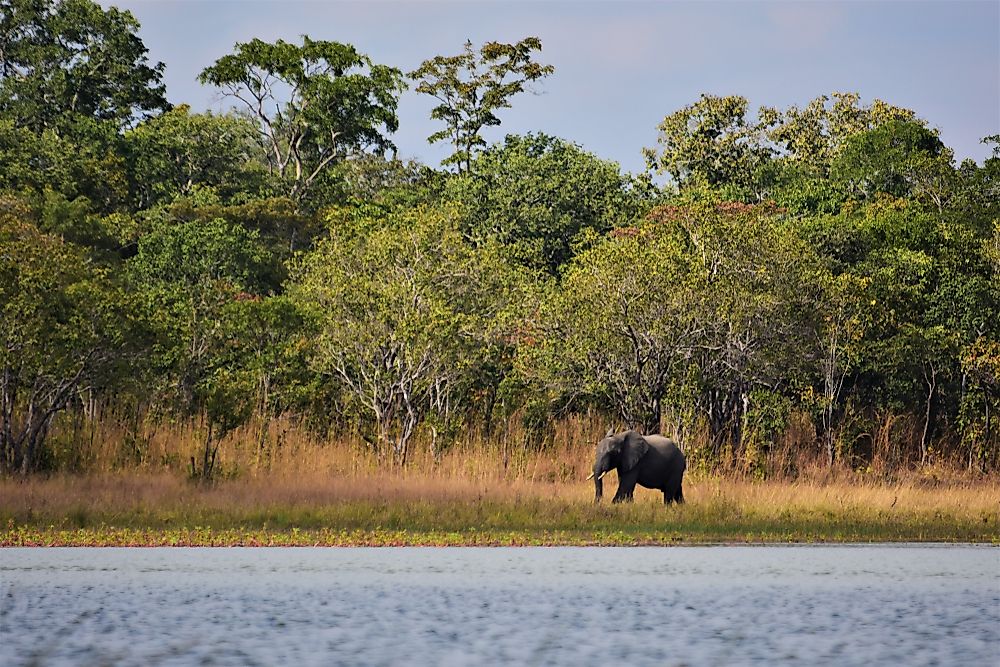Dambo – Shallow, Complex Wetlands

Dambo refers to a system of shallow and complex wetlands in eastern, southern, and central Africa, particularly in Zimbabwe and Zambia. They are found in plateaus with a high amount of rainfall. Although they form stream-like branching and span across a vast area, they are not as large as rivers. Dambos cover about 12.5% of Zambia. They are known as matoro in In Mashonaland, mbuga in East African countries, bolies in Sierra Leone, and fadama in Nigeria. The term dambo is frequently used to refer to a wetland situated on a flat plateau that acts as the source of the river. Scientifically, the dambo has been defined as a seasonally waterlogged and grass-covered depression that is close to the source of a river or stream.
Characteristics
Sedges, rushes, and grasses are the main features found in the dambos which is in contrast to the woodlands that neighbor the dambos such as the miombo woodland. During the dry season, the dambo dries up revealing black clay or grey soil, but retain wet drainage lines. They get waterlogged during the rainy season but the water does not rise high enough to cover vegetation.the surface water is channeled, streams, small ponds, and rivers.
Types
There are two main types of dambos; hydromorphic and fluvial. Hydromorphic dambos are based at the source of the river while fluvial dambos border the river as it flows.
Hydrology
Rainfall is the source of water for the dambo which then drains into streams and rivers. Apart from being an ecosystem by themselves, dambos play a significant role in creating an ecological diversity in the surrounding environment. A popular belief is that the dambo soaks up water like a sponge during the wet season which is then released into streams and rivers in the dry season, ensuring that the river flows throughout the year. Several researchers have opposed this and suggest that during the dry season aquifers release water into the rivers. Some dambos have springs, which means that water has percolated through the hills for several years and emerge as a spring. The water then collects and creates a lagoon or flow to streams and rivers.
Uses
Dambos have traditionally been used as sources of water during the dry season. Rushes that grow in these wetlands are harvested and used to thatch fences and roofs. The clay is used to make brick and for construction of houses. The dambos attract a variety animals including small antelopes and birds that the local population hunt for food.











